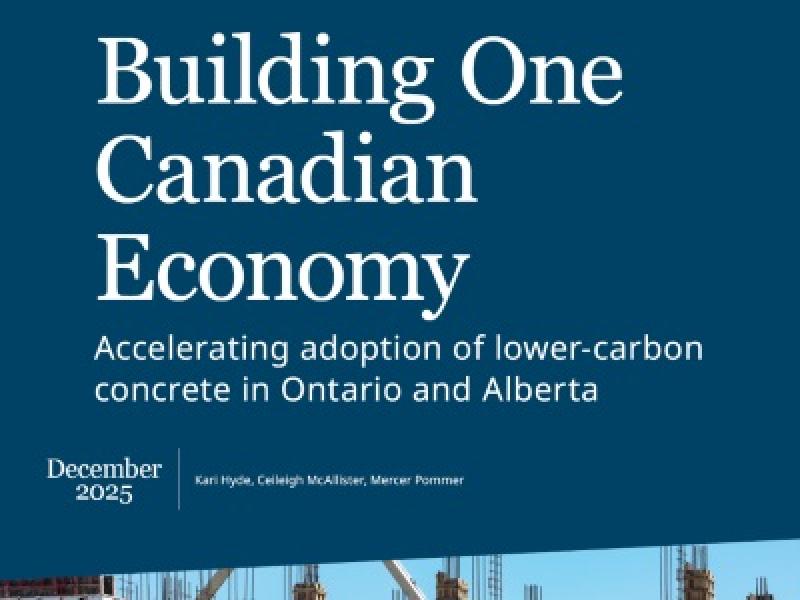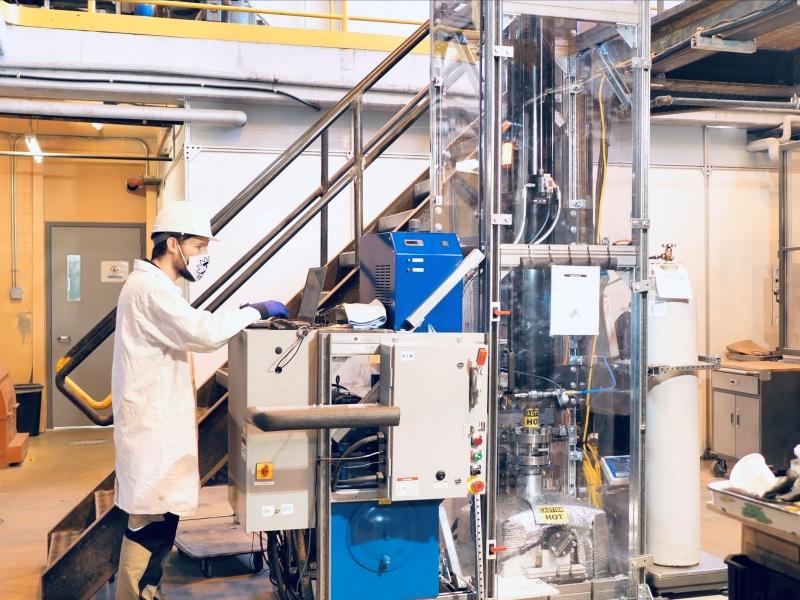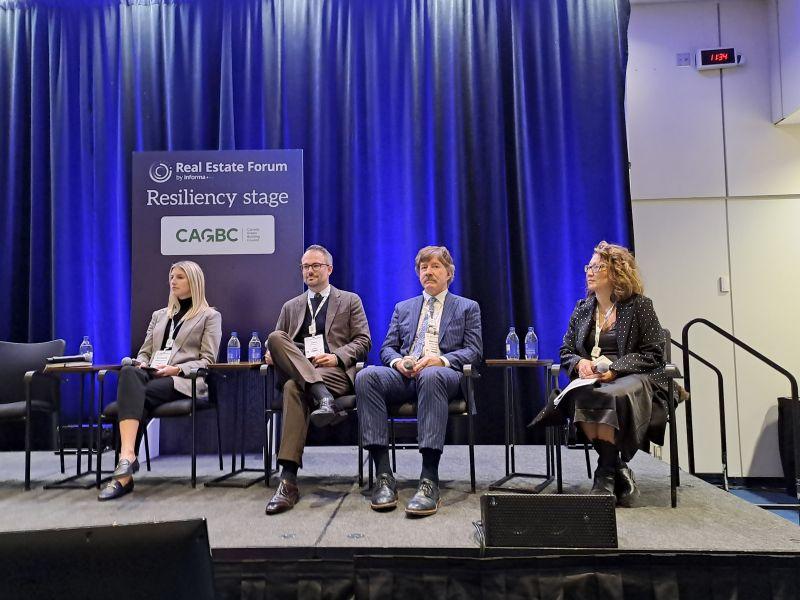
Doing more with less and placing sustainability at the forefront is the mindset that helped Toronto-based Colliers International Group Inc. reduce its per-square-foot carbon emissions in 2024, despite acquisitions which expanded its floor space.
“Before we would have had fewer people and much bigger office spaces in our footprint in a building. Whereas we are (now) putting in more people, we’ve reconfigured the space and we’re better utilizing the space,” Colliers’ global head of sustainability Tonya Lagrasta, told Sustainable Biz Canada.
Lagrasta, who took on the job in May, detailed Colliers' efforts to reduce its environmental impact as summarized in its 2024 sustainability report and its updated strategy titled Built to Last, which targets decarbonization and climate resilience.
A commercial real estate services company and asset manager, Colliers aims to slash the greenhouse gas emissions from the sources it owns or controls (Scope 1) and purchases of electricity, steam, heating and cooling (Scope 2) by 67.4 per cent, and its supply chain emissions (Scope 3) by 51.6 per cent by 2030 from a 2021 baseline.
How Colliers lowered its emissions
To address its Scope 1 and 2 emissions, Colliers is improving the efficiency of its operations and working with the owners of the spaces it occupies to better understand where they can collaborate on sustainability.
When leases come up for renewal or Colliers is searching for a new site, it prioritizes properties and landowners demonstrating a commitment to sustainability, such as energy efficiency and use of all-electric systems and renewable energy.
“Going into the market as a paying customer and setting that demand for space that is sustainable for us to occupy is one of the ways we can assert our influence,” Lagrasta said.
A second area the company has focused on is transitioning its vehicle fleet to electrical variants. Over the past two years, Colliers has grown its electric vehicle count to over 170 units, representing approximately 10 per cent of its global fleet.
By purchasing renewable energy credits in markets with carbon-intensive grids to provide approximately a third of its electricity, Colliers has made a significant dent in its Scope 2 emissions, it says in the sustainability report.
Such purchases are aiding the grids in the clean energy transition, a “win-win” that's good for Colliers and the market, Lagrasta said.
Shrinking carbon even as it grows
Against its 2021 baseline, Colliers managed to reduce its combined absolute Scope 1 and 2 emissions by 12 per cent in 2024. The figure rose by almost six per cent from 2023 due to a larger company footprint.
But on an intensity scale that measures kilograms of carbon dioxide equivalent per square foot, Colliers’ Scope 1 and 2 emissions in 2024 fell almost 28 per cent from 2021, and approximately three per cent from 2023.
Lagrasta said the intensity reductions likely continued because Colliers added highly efficient spaces from its acquisitions, which included Laval-based engineering firm Englobe Corporation in 2024, even if it meant adding more carbon on an absolute level.
“As we grow, we’re being very thoughtful about that sustainable growth and growing sustainably and defining that by our commitments,” Lagrasta said.
Scope 3 emissions, largely from the properties it manages, are responsible for almost the entirety of Colliers’ overall pollution profile. However, it is the hardest to address as the company does not have direct control over the buildings.
What the company can do, Lagrasta said, is invest in technology to map out the sources of Scope 3 emissions, and apply management measures, which it is starting this year.
To tackle where it can have the most influence on supply chain emissions, Colliers has taken action on employee commuting and business travel. It aims to be thoughtful “about how close our sites we choose are to public transit”, Lagrasta said, and check for electric vehicle charging and bike parking when assessing sites.
Its policies discourage non-essential business travel. When necessary, it nudges employees to choose more sustainable modes of transport.
'North Star' climate resiliency strategy
Central to Colliers’ sustainability going forward is its Built to Last strategy, a three-pronged plan for the workplace experience, governance and sustainability.
“We felt that we needed to re-energize around a new strategy that, pun intended, was built to last,” Lagrasta said.
Investing in climate resiliency and adaptation is a focus, especially as more of Colliers’ clients are demanding decarbonization pathways and protecting their assets against extreme weather events supercharged by a warming climate.
That includes investing in smart building technologies that optimize energy use, reduce emissions and monitor environmental factors in real-time. Bringing down embodied carbon from building materials is another key area, particularly in its project management and engineering services.
“This is our North Star for the next couple of years,” Lagrasta said.










